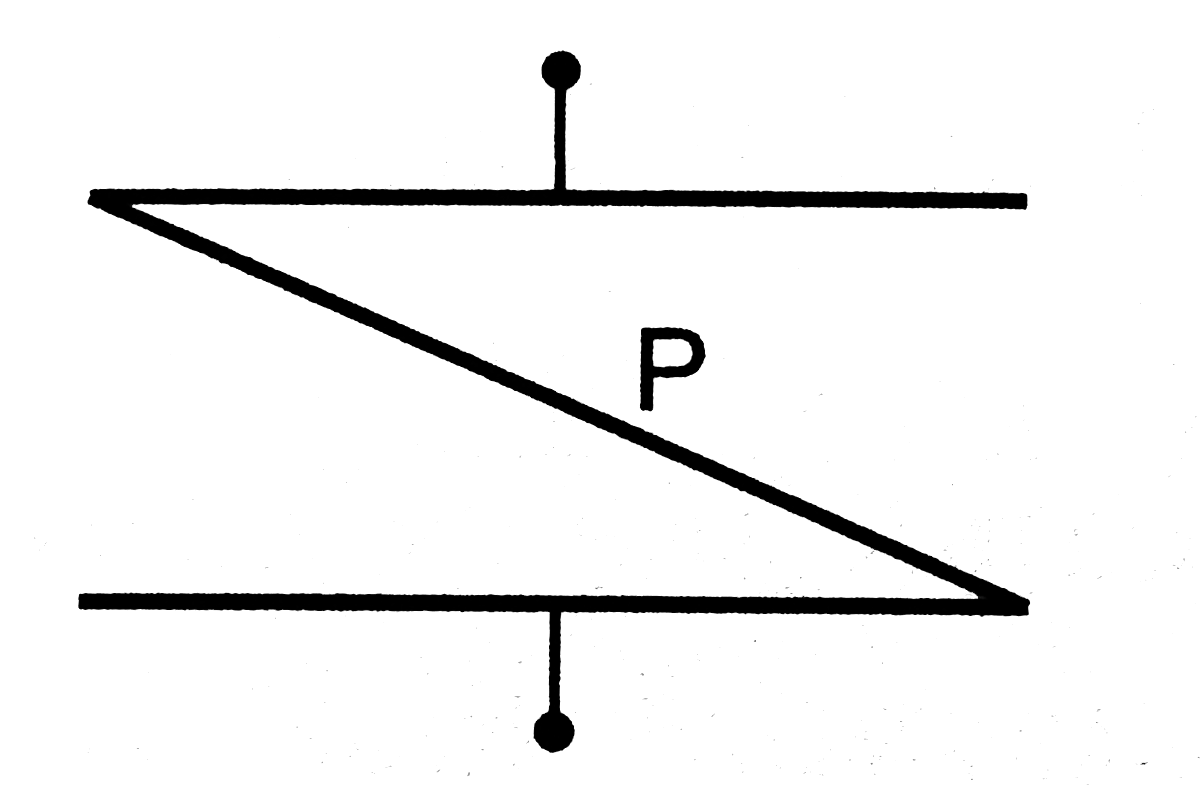A metal plate is getting heated . It can be because
passing either a direct or alternating current through the plate.
placing in time varying magnetic field.
placing in a space varying magntic field, but does not vary with time.
both (a) and (b) are correct.
The correct Answer is:D
To solve the question of why a metal plate is getting heated, we can break down the reasoning into clear steps:
Step 1: Identify the Possible Causes of Heating
The question suggests several scenarios that could lead to the heating of a metal plate. These include:
- Passing direct or alternating current through the plate.
- Placing the plate in a time-varying magnetic field.
- Placing the plate in a space-varying magnetic field that does not vary with time.
Step 2: Analyze the Effect of Current
When a direct or alternating current is passed through the metal plate:
- The plate contains free electrons that can move.
- As the current flows, these electrons collide with each other and with the lattice structure of the metal.
- These collisions convert electrical energy into thermal energy, causing the plate to heat up.
Step 3: Analyze the Effect of a Time-Varying Magnetic Field
When the metal plate is placed in a time-varying magnetic field:
- The changing magnetic field induces an electromotive force (emf) in the plate according to Faraday's law of electromagnetic induction.
- This induced emf causes a current to flow in the plate.
- Similar to the previous case, this current will also lead to collisions among electrons, generating heat.
Step 4: Conclusion
Both scenarios (passing current and placing in a time-varying magnetic field) can cause the metal plate to heat up. Therefore, the correct answer is that both statements are true.
Final Answer
Both A (passing current) and B (placing in a time-varying magnetic field) are correct reasons for the heating of the metal plate.
---
The question suggests several scenarios that could lead to the heating of a metal plate. These include:
- Passing direct or alternating current through the plate.
- Placing the plate in a time-varying magnetic field.
- Placing the plate in a space-varying magnetic field that does not vary with time.
When a direct or alternating current is passed through the metal plate:
- The plate contains free electrons that can move.
- As the current flows, these electrons collide with each other and with the lattice structure of the metal.
- These collisions convert electrical energy into thermal energy, causing the plate to heat up.
When the metal plate is placed in a time-varying magnetic field:
- The changing magnetic field induces an electromotive force (emf) in the plate according to Faraday's law of electromagnetic induction.
- This induced emf causes a current to flow in the plate.
- Similar to the previous case, this current will also lead to collisions among electrons, generating heat.
Both scenarios (passing current and placing in a time-varying magnetic field) can cause the metal plate to heat up. Therefore, the correct answer is that both statements are true.
Both A (passing current) and B (placing in a time-varying magnetic field) are correct reasons for the heating of the metal plate.
Topper's Solved these Questions
- BOOK - NCERT FINGERTPS ENGLISHCHAPTER - ELECTROMAGNETIC INDUCTIONEXERCISE - EXEMPLAR PROBLEMS3videos
ELECTROMAGNETIC INDUCTION
- BOOK - NCERT FINGERTPS ENGLISHCHAPTER - ELECTROMAGNETIC INDUCTIONEXERCISE - ASSERTION AND REASON15videos
ELECTROMAGNETIC INDUCTION
- BOOK - NCERT FINGERTPS ENGLISHCHAPTER - ELECTRIC CHARGES AND FIELDSEXERCISE - Assertion And Reason15videos
ELECTRIC CHARGES AND FIELDS
- BOOK - NCERT FINGERTPS ENGLISHCHAPTER - ELECTROMAGNETIC WAVESEXERCISE - Assertion And Reason15videos
ELECTROMAGNETIC WAVES
Similar Questions
Ozone layer is getting depleted because of
View SolutionA circular metal plate is heated so that its radius increases at a rate of 0.1 mm per minute. Then the rate at which the plate's area is increasing when the radius is 50 cm, is
View SolutionA thin metal plate P is inserted between the plates of a parallel-plate capacitor of capacitanceCin such a way that its edges touch the two plates (figure 31-Q2).The capacitance now becomes.
 View Solution
View SolutionA thin metal plate P is inserted between the plates of a parallel-plate capacitor of capacitance C in such a way that its edges touch the two plates (figure 31-Q2).The capacitance now becomes.
 View Solution
View SolutionA thin metal plate P is inserted between the plates of a parallel-plate capacitor of capacitance C in such a way that its edges touch the two plates (figure 31-Q2).The capacitance now becomes.
 View Solution
View SolutionThe separation between the plates of a parallel-plate capacitor is 0.500 cm and its plate area is 100cm2.A 0.400cm thick metal plate is inserted into the gap with its faces parallel to the plates .Show that the capacitance of the assembly is independent of the position of the metal plate within the gap and find its value.
View SolutionWhen a thin metal plate is placed in the path of one of the interfering beams of light
View SolutionThree particles each of mass m are placed at the three corners of an equilateral triangle of side a. The work which should be done to increase the sides of the triangle to 2a is
View SolutionAssertion : When a metallic plate is partially inserted between the plates of a capacitor its capacity increases.
Reason : If conductivity of conducting plate is more, then increase in capacity will be more.View Solutionamong the alkali metals caesium is the most reactive because
View Solution

